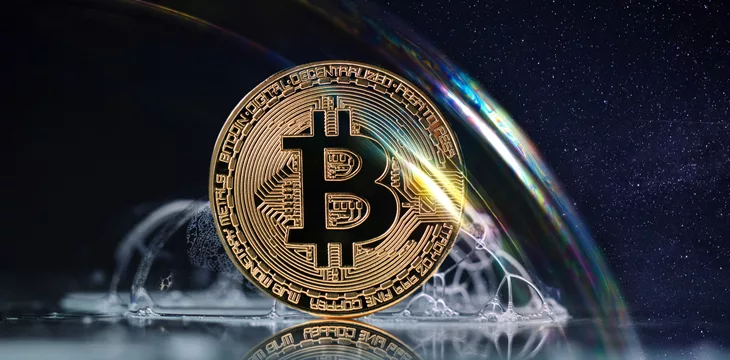|
Getting your Trinity Audio player ready...
|
Earlier this month, the Federal Reserve published a paper exploring how central bank digital currencies (CBDCs), stablecoins, and narrow nonbanks could impact monetary policy.
In the report, author James A. Clouse acknowledged that “monetary policy implementation is not in Kansas anymore” and explored in detail how the three aforementioned instruments could impact the economy and, hence, the Fed’s monetary policy.
The contents are something for issuers, users, and all interested parties to contemplate. In summary, significant changes are afoot.
CBDCs, stablecoins, and narrow banks—what’s their impact?
Interest-bearing CBDCs, stablecoins, and narrow banks (defined as banks that don’t engage in lending) could all impact commercial banks and reduce their deposits. In turn, banks would raise interest rates and reduce new loans, which would obviously influence the economy.
In his report, Clouse argues that the Fed could reduce the policy rate. However, doing so could lessen the impact of one of its most important tools when monetary stimulus is required.
The higher the interest rates offered by stablecoins, CBDCs, and narrow bank deposits become, the more deposits would flow away from commercial banks, and the higher their interest rates would go.
Of the three, the paper argued that the impact of narrow banks would be greatest. These banks attract deposits by offering higher interest rates but do not lend; hence, they have the greatest economic impact. Given their lower overheads, it is difficult for retail/commercial banks to compete by offering higher interest rates.
Financial innovation will be disruptive in both good and bad ways
It’s clear from the Fed report and others that those in power are well aware of the
disruptive potential of CBDCs, stablecoins, blockchain technology, tokenization, and other forms of financial innovation.
On top of this report, BlackRock CEO Larry Fink thinks we’re on the way to tokenization while the Bank for International Settlements (BIS) is running experiments in tokenization, quantum-proofing payments systems, and in multiple other areas. This isn’t even scratching the surface: all around the world, central banks, global governance bodies, national governments, and mega firms are gearing up for the inevitable changes.
As with all innovations, such as the Internet and mobile wave, there will be winners and losers, and the upheaval process will be messy. It’s entirely possible that, as commercial banks struggle to compete, some will go under. This could have large and unforeseeable economic consequences, as we saw during the 2008 financial crisis.
Having a bird’s eye view of the entire financial system would be incredibly useful going forward. Being able to verify the positions of commercial and narrow banks could help the Fed and others predict the next bank failures, spot the next deposit scams (e.g., Celsius Network), and take steps to mitigate the negative impacts of all this disruption.
For that to be possible, the entire financial system ironically needs to embrace the ultimate disruptive technology: blockchain. Having the world’s financial system operate on a scalable public blockchain like BSV would allow us to glean the insights necessary to better see what’s coming, how firms are coping, and what consumers and users want and need. In short, all the relevant data on a single immutable ledger would help policymakers connect the dots.
While the Fed’s report focuses on how this will impact monetary policy, it has enormous consequences for the viability of national currencies, the velocity of money, economic growth, financial accessibility, and much more. A scalable public blockchain and a single set of books can help us keep track of everything and make the necessary adjustments in a more orderly, less chaotic way.
To learn more about central bank digital currencies and some of the design decisions that need to be considered when creating and launching it, read nChain’s CBDC playbook.
Watch: Finding ways to use CBDC outside of digital currencies

 07-02-2025
07-02-2025 





